Children and infants aren’t exempt from experiencing vision problems. Like adults, children can suffer from a variety of eye conditions including amblyopia, strabismus, and refractive errors such as nearsightedness and farsightedness. Genetic diseases such as glaucoma and cataracts may also affect children at a very young age. Thankfully, with regular vision checks, your child’s eyesight difficulties can be detected and treated early on. Start by learning the signs of vision problems in babies and children so you and your pediatrician can refer to an optometrist and rectify the situation before it gets out of control.

Eye exams should be done by your optometrist regularly. Unfortunately, pediatrician screenings aren’t designed to detect the subtle signs of early disease or vision problems. So, just like it is important to have your child see the dentist early, so too is it important to bring your child to an eye care professional at the following ages even if nothing seems wrong:
All children who wear glasses should have their vision checked yearly at their annual checkups. At these appointments, it will be determined how the vision problems are progressing and new glasses or contact lenses will be prescribed if necessary.
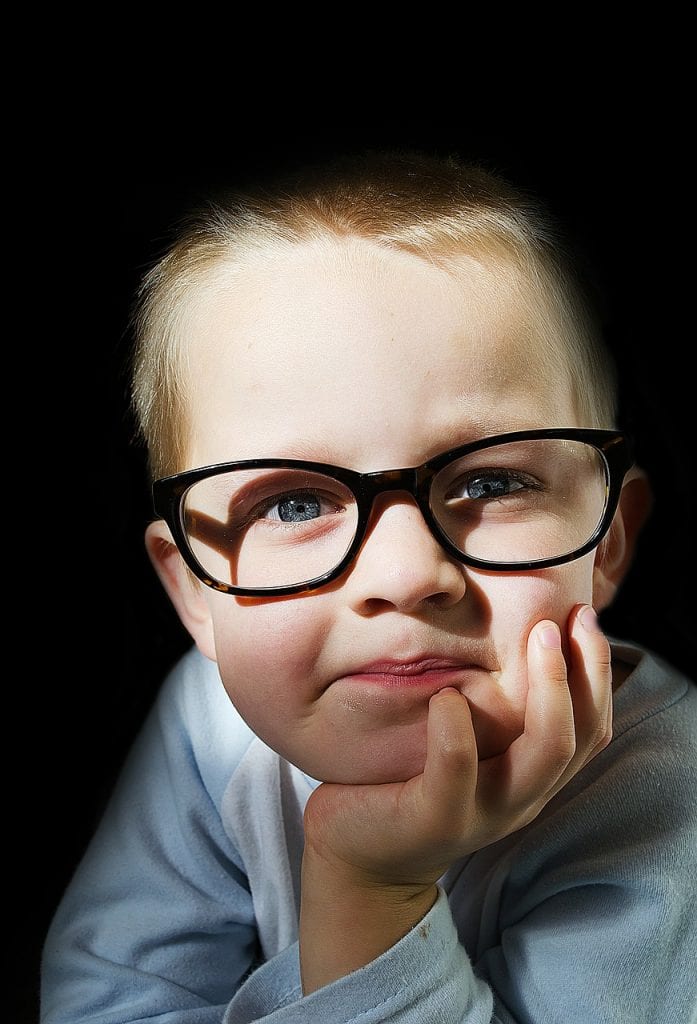
Vision problems may appear at any point in a child’s life. Many of the signs of vision problems in babies and children will be easy to spot, but some may go unnoticed if not closely monitored. If you notice any of the following signs or symptoms in your child, be sure to connect with your optometrist to see if further action should be taken:
Some vision problems may have no symptoms at all. Commonly, amblyopia (lazy eye) provides no obvious warning signs, which is why it’s so important to have your child’s eyes checked regularly. Tests can be done to determine if an eye condition is present or developing. Catching these signs early on is critical as it can help prevent your child from suffering chronic vision problems.
If you are concerned about your child’s eye health, or if you’re still wondering what are the warning signs of vision problems in babies and children, don’t hesitate to schedule them an appointment with an optometrist. Here at the Visionary Eye Center, we are equipped to offer pediatric eye care with the best options, treatment, and technology available.
We have developed techniques and technology specifically for children of all ages. When it comes to your child’s eye health, being proactive is essential. Feel free to contact us with any questions or concerns about your child’s vision, and don’t hesitate to schedule an appointment with us today! Visionary Eye Center is your home for custom vision solutions, and we take pride in offering top-tier care for each patient.
Many people will experience a migraine from time to time. In fact, an estimated 1 billion people across the world suffer from migraines. However, the headaches and migraines that are associated with vision or cause vision problems, are rarely typical. If you’re prone to migraines and headaches that cause vision impairment or even vision loss, you may be suffering from an ocular migraine. You may be wondering “what is an ocular migraine?” and you’re not alone. They’re often misunderstood or misdiagnosed as a different type of headache or eye condition which leaves many confused about what issue they are being affected by.
Learn more about what an ocular migraine is below, along with noticeable symptoms, possible treatments, and prevention methods of this eye condition.
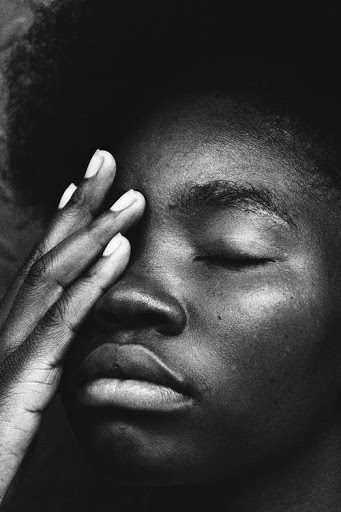 What is an Ocular Migraine?
What is an Ocular Migraine?An ocular migraine is defined as being a rare condition that affects your vision in one eye. This type of migraine is characterized by temporary loss of vision or even blindness in just one eye, not both, and vision typically returns to normal within an hour. These migraines may be painless for some people or may be accompanied by pain from a migraine headache. Though ocular migraines often cause impaired vision in one eye, their effects may differ from patient to patient.
Ocular migraines are often confused with a much more common condition called migraine aura that usually affects both eyes rather than just one. It has been determined that ocular migraines are most likely caused by reduced blood flow or spasms of blood vessels behind the eye. Changes that occur across the nerve cells in the retina may also lead to an ocular migraine.
It’s important to note that regular migraine headaches can cause vision problems such as blind spots and flashes of light, which are not related to an ocular migraine. The biggest difference between the two conditions is that an ocular migraine causes vision loss in just one eye, while a regular migraine results in impaired vision in both eyes. When visiting your Reno optometrist, the doctor will first begin ruling out conditions that present similar symptoms to ocular migraines. These may include:
There are several telling symptoms of an ocular migraine, however, these can sometimes be difficult to determine on your own. Fortunately, a qualified, licensed optometrist can help you better assess your symptoms and provide appropriate care in return. Be sure to observe symptoms such as:
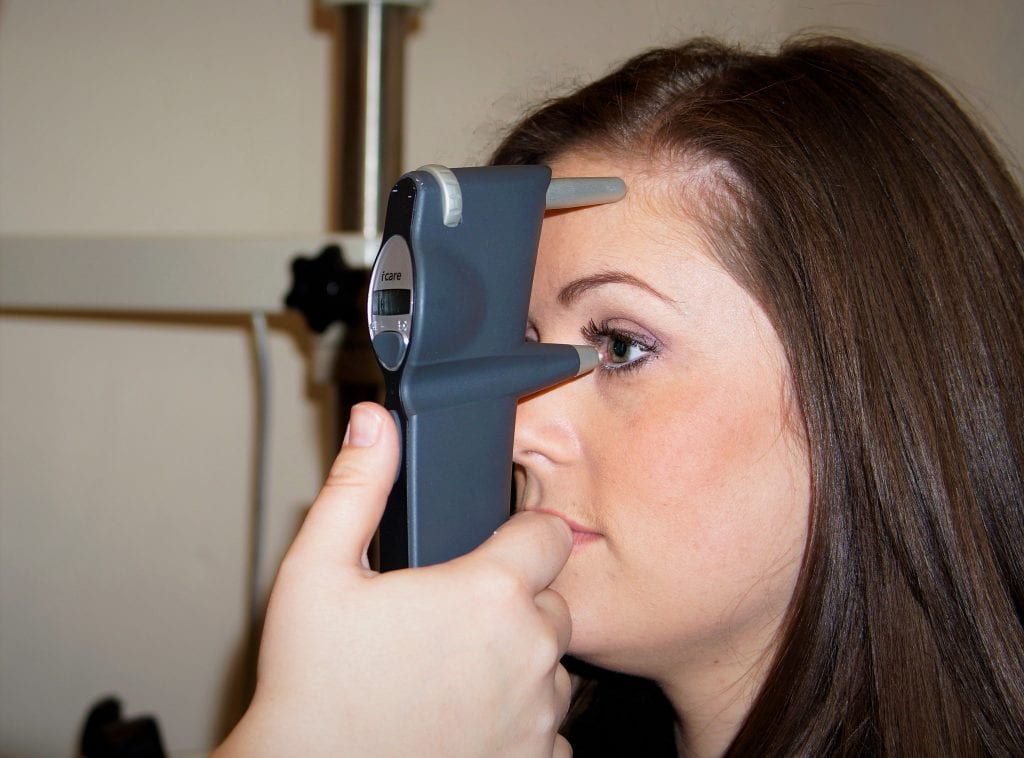
Because of the transience of this condition, treatment is often not necessary during the time of the occurrence. The vision loss that you experience should subside within an hour, but it is important to take a few precautionary measures to prevent further injury or discomfort during an episode. Once you notice the vision loss, you should stop whatever you’re doing and rest your eyes until your vision appears normal. If your vision problems are accompanied by a headache, take an over-the-counter pain reliever to help alleviate the discomfort.
Other methods of treatment may include medications or medical devices that are intended to limit or prevent the ocular migraines from happening altogether. Medications that are commonly prescribed to treat epilepsy have proven to be an effective treatment for ocular migraines. These include valproic acid and topiramate. Other medications that may be effective are CGRP inhibitors, blood pressure medicines (such as beta-blockers), and tricyclic antidepressants.
Fortunately, there are some simple lifestyle changes you can take to prevent an oncoming ocular migraine that have proven to be quite effective. Like traditional migraines, ocular migraines can be triggered by a number of different factors. To prevent a debilitating ocular migraine from occurring, try to avoid the following to the best of your ability:
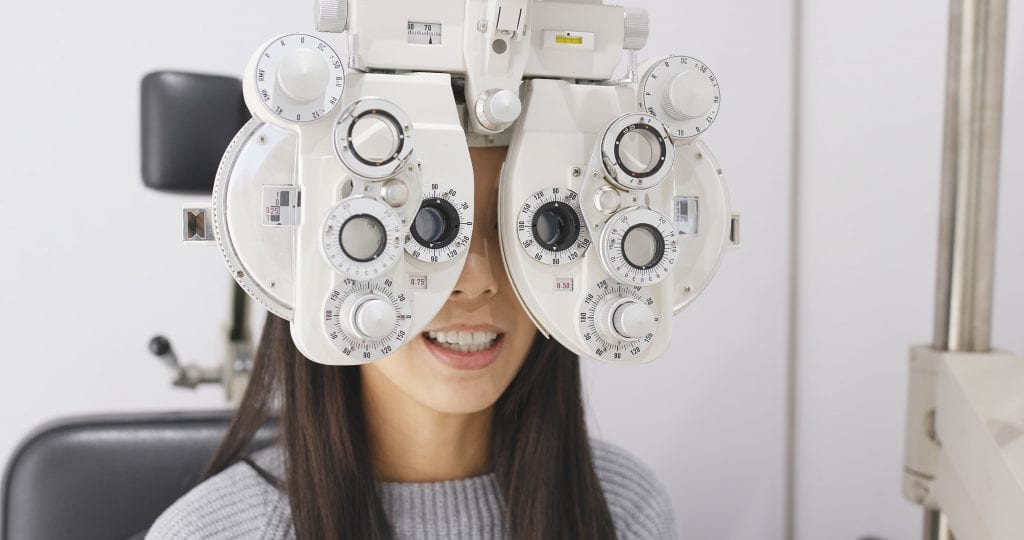 Visit Your Reno Optometrist
Visit Your Reno Optometrist Ocular migraines are quite rare, and the symptoms are often caused by other underlying problems. To determine the true source of your complications, be sure to meet with the Reno optometrists at Visionary Eye Center. Their team of dedicated, professional optical specialists will be able to help you with your vision problems and provide effective solutions and care to help you feel better. Connect with the experts at Visionary Eye Center today!
As a child’s health is the number one priority to parents, surprisingly many are inattentive to the importance of eye health. Eyesight issues can impact a child’s life in every fashion of ordinary life from school to sports and socializing. Children cannot always vocalize exactly what’s wrong, and a lot of times it’s hard for them to even realize.
You may be asking yourself, “Does my child really need glasses?” Healthy eyesight is crucial to a child’s well-being, so in this blog we will explore some of the most common signs to tell if your child really needs glasses or not.
Before we get into signs of possible eye issues, the most important thing is to make sure your child goes in for frequent checkups. Oftentimes, kids are only taken in occasionally if there is nothing wrong the first time, but doctors recommend children should be seeing an eye doctor at least once a year.
Many schools perform a regular vision screening, but miss 75% of children with vision problems. The screening performed by your pediatrician using a picture chart tacked to the wall is similarly inadequate. If your child fails a school or pediatrician vision screening make sure to bring them in immediately for a comprehensive eye exam. Eye exams by an optometrist are really the only foolproof way for a true diagnosis, and it often these vision issues will continue to worsen if you don’t stay proactive about the situation.
1) Squinting
Squinting compensates for your eyes’ inability to clearly see an object by reducing misfocused light. If you notice your child has a tendency to squint while looking at far away objects (nearsightedness) or squinting while looking at close up objects (farsightedness), it may be time for a checkup.
2) Tilting of the head
If you see your child continuously tilting their head, especially if you notice they are attempting to strain their vision, it could be an attempt to increase vision clarity by changing their sight angle. This could be a sign that their eyes are misaligned or an imbalance of the eye muscles.
3) Sitting too close
It could seem like a natural child thing to do to sit too close to the TV or hold devices or books close up to their face, but it could be a sign of nearsightedness or myopia development. Nearsightedness affects your vision where one can see more clearly when the object is closer, and it is one of the most common vision problems for children around the world.

4) Struggling in school
If you notice your child is struggling in school or with school work, it could be a number of different things which makes it so much more important to stay informed about your child's performance in school. For a young child, school is very stimulating, and they are forced to adapt quickly, including their eyes. Vision problems can lead to a lack of focus or motivation for school work.
5) Headaches, migraines, nausea or eye pain
If your child is suffering from any of these symptoms it could be a number of different things, so just remember to listen to your children and continue to stay proactive. These symptoms could be a result of strain from the extra effort that your child must put forth if they are experiencing vision problems. This tension may cause frequent headaches or eye pain, or in more severe cases migraines and nausea could be present.
6) Covering one eye
Similar to tilting the head, covering one eye while reading, watching TV or any eye strain, can be an attempt to compensate for double vision. It could also be a sign of sensitivity to bright light (exotropia) or lazy eye (amblyopia).
7) Excessive eye rubbing
Eye rubbing is a pretty natural tendency, but it is important to monitor your child’s habits. If they are rubbing their eyes on a regular basis or during strenuous eye activity like reading or watching TV, it could be a sign of digital eye strain, dry eye or allergic conjunctivitis.
If you are concerned about your child’s eye health, or if you’re still asking yourself, “Does my child really need glasses?” you should immediately schedule them an appointment with an optometrist. Here at the Visionary Eye Center we are equipped to offer pediatric eye care with the best options, treatment and technology.
We have developed techniques and technology specifically designed for children where many other optometrists are not capable of seeing very young children. Feel free to contact us with any questions or concerns about your child’s vision, and don’t hesitate to schedule an appointment today!
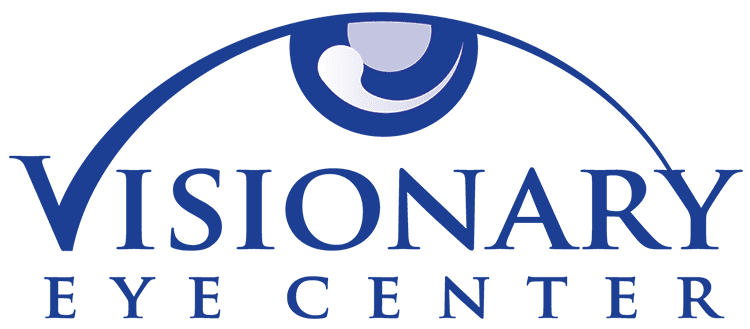 775.827.1100info@visionaryeyecenter.com8175 South Virginia Street Suite B-900
775.827.1100info@visionaryeyecenter.com8175 South Virginia Street Suite B-900